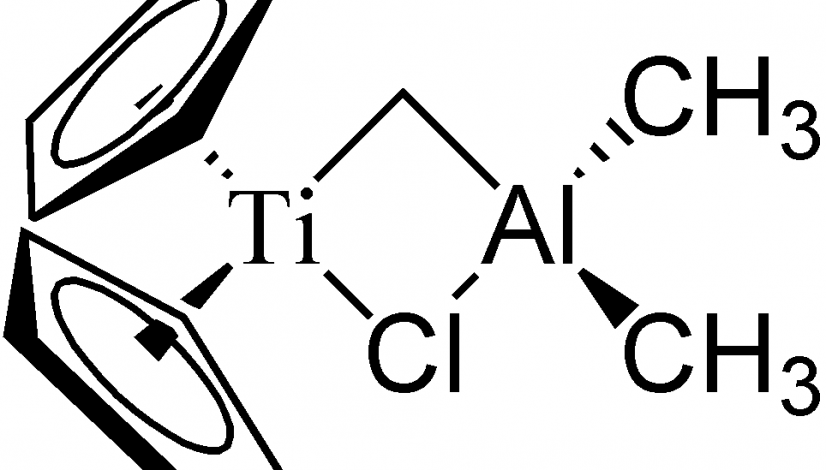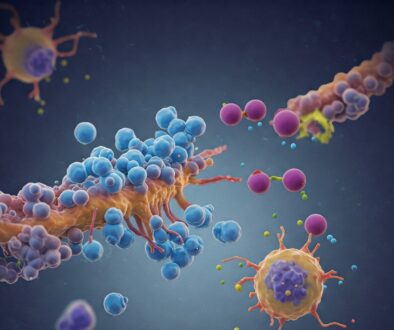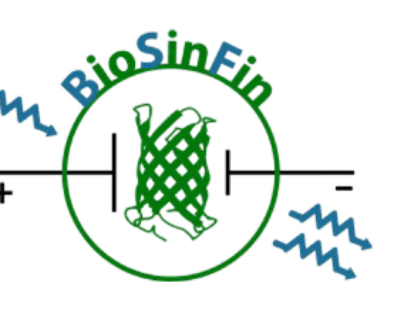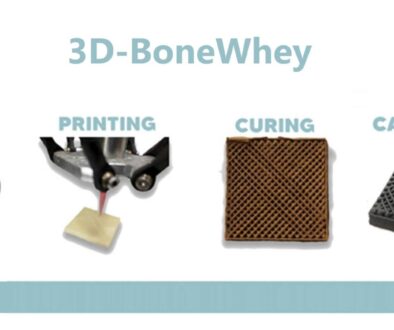New reactivity ways of coordinated N-heterocycles to metal fragments
Abstract
The generation, storage and consumption of energy from a more sustainable approach, and the need of more efficient and less aggressive therapeutic agents, require basic science to carry out the development of new functional molecules with a variety of applications, such as photoprotective materials, catalysts for the transformation of CO2 into fuels and useful products, and more selective antitumor drugs with less undesirable side effects. In the past, most functional molecules were purely organic compounds. However, most contemporary approaches are based on transition metals bound to organic or molecular groups, called ligands. This project aims to apply new reactivity patterns, recently discovered by our group, to the generation of new series of such functional materials. Many ligands contain N-heterocycles such as pyridines, imidazoles or triazoles, which are also present in many natural and unnatural products. These heterocycles are very stable, and the selective modification of their structures, which allows a fine adjustment of the properties of the functional molecules that contain them, poses a significant challenge. The traditional way of preparing metal functional molecules required the independent preparation of ligands by conventional methods of organic synthesis, which often involved various purification reactions and stages, low overall yield and significant waste generation, and subsequently, as another independent step, the coordination of the transition metal fragment. In our group we have found that coordination to the metal center makes possible efficient and unprecedented transformations of the ligands. In fact, the coordination of two ligands to the same metal has frequently resulted in the coupling of both through a clean and selective synthetic route, generating a new ligand of greater complexity. In other cases, metal coordination triggers new patterns of reactivity unknown to uncoordinated molecules. In particular, we aim to make selective transformations of ligands such as 2,2-bipyridine and their analogs under mild reaction conditions (i.e., that do not require long reaction times, high temperatures or large excesses of reagents). This ligand, the most widely used in all areas of metal-organic chemistry, once coordinated to transition metals, was considered notoriously inert. Therefore, we found it of great interest to find several reactions that allowed its modification in a previously unknown way.N-Heterocyclic carbenes (NHC) have been one of the ligands with the most impact of contemporary chemistry. In this project, we propose to develop the synthesis of selected examples of NHC complexes of transition metals from the corresponding complexes with imidazoles and triazoles, which are very stable and well known ligands. Our results are expected to generate new families of NHC ligands and provide more efficient synthetic routes for the preparation of their complexes. In addition, the application of state-of-the-art computational techniques and analysis will allow us to study in silico the interaction of some of our metal complexes with biomolecules of particular interest.
Project Details
Project code: PGC2018-100013-B-I00
Duration: 2019-2021
Funding: 107.690 €
Principal Investigators: Julio Antonio Pérez y Lucia Riera
Financiación Ministerio de Economía, Industria y Competitividad





